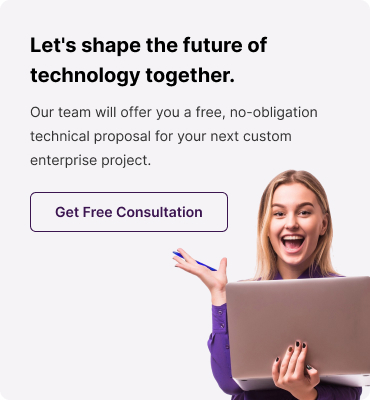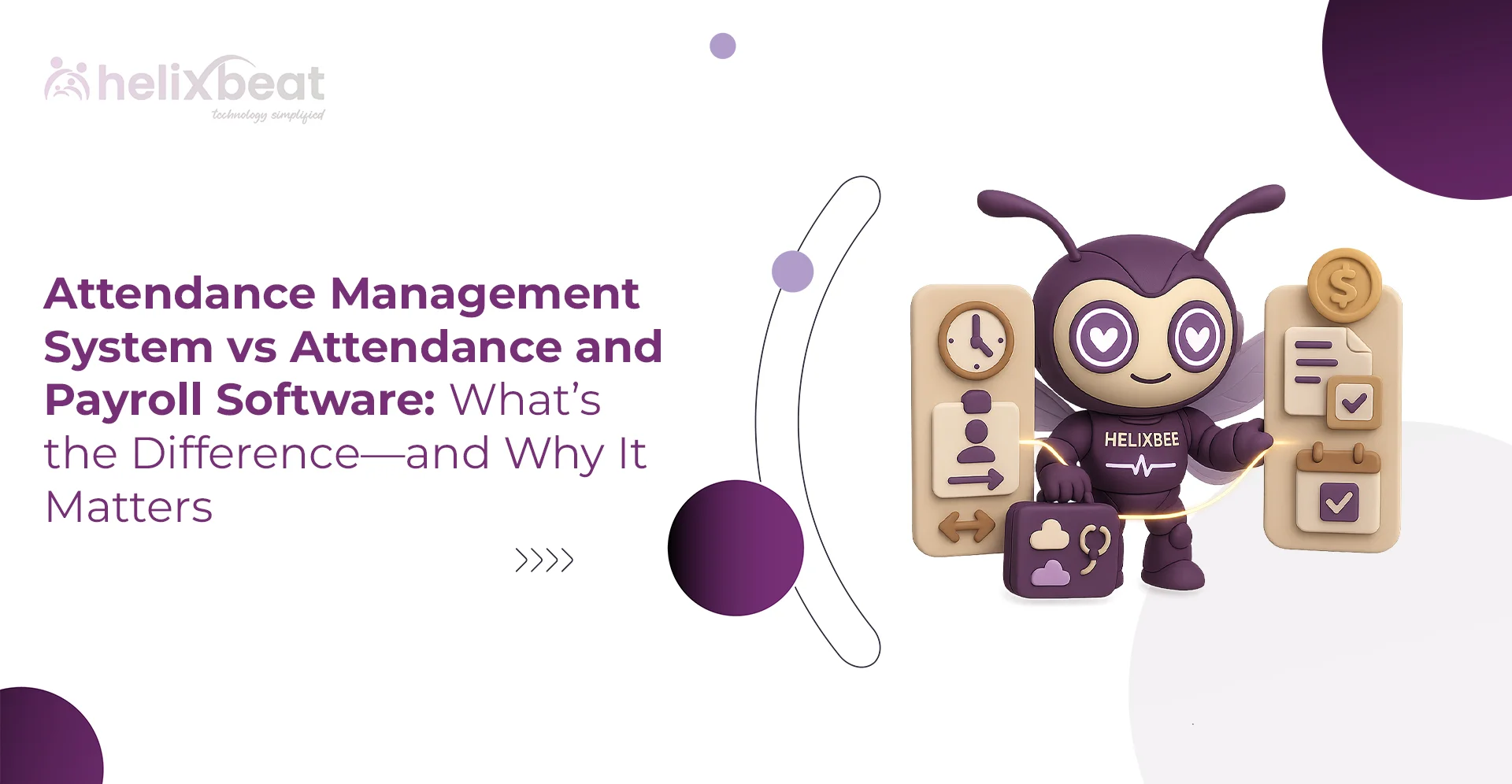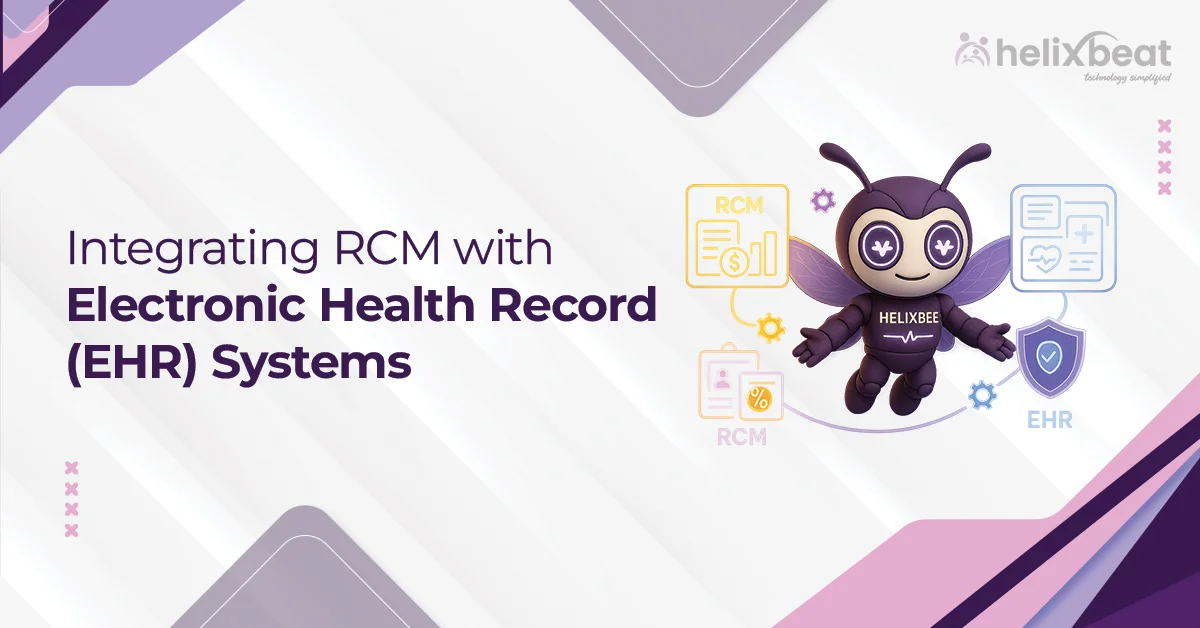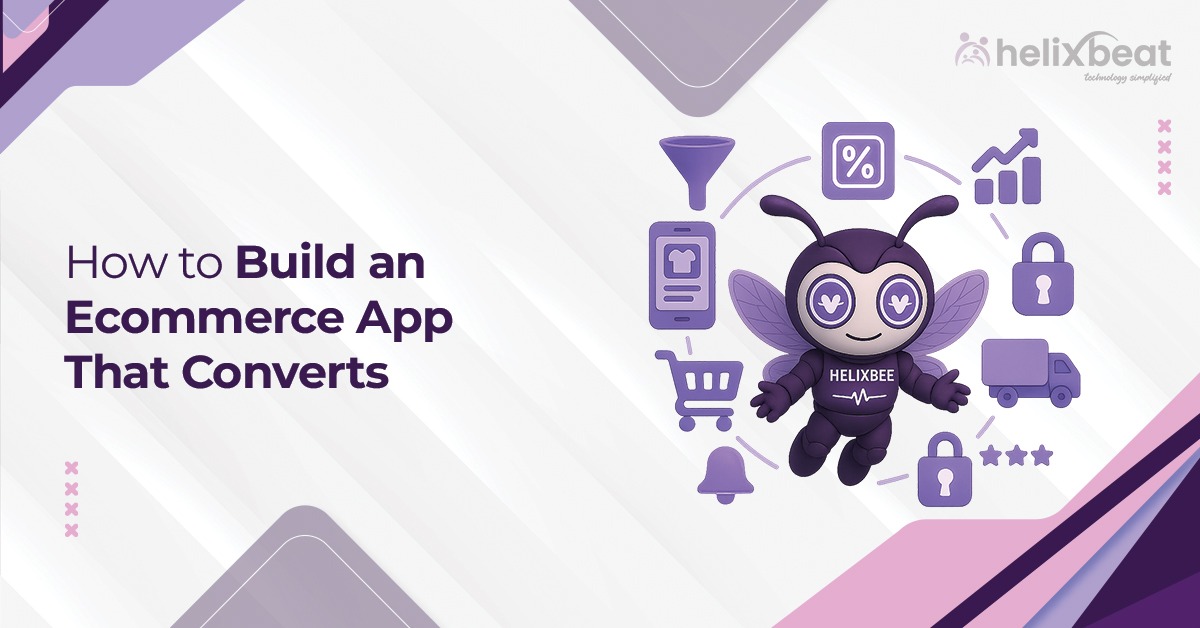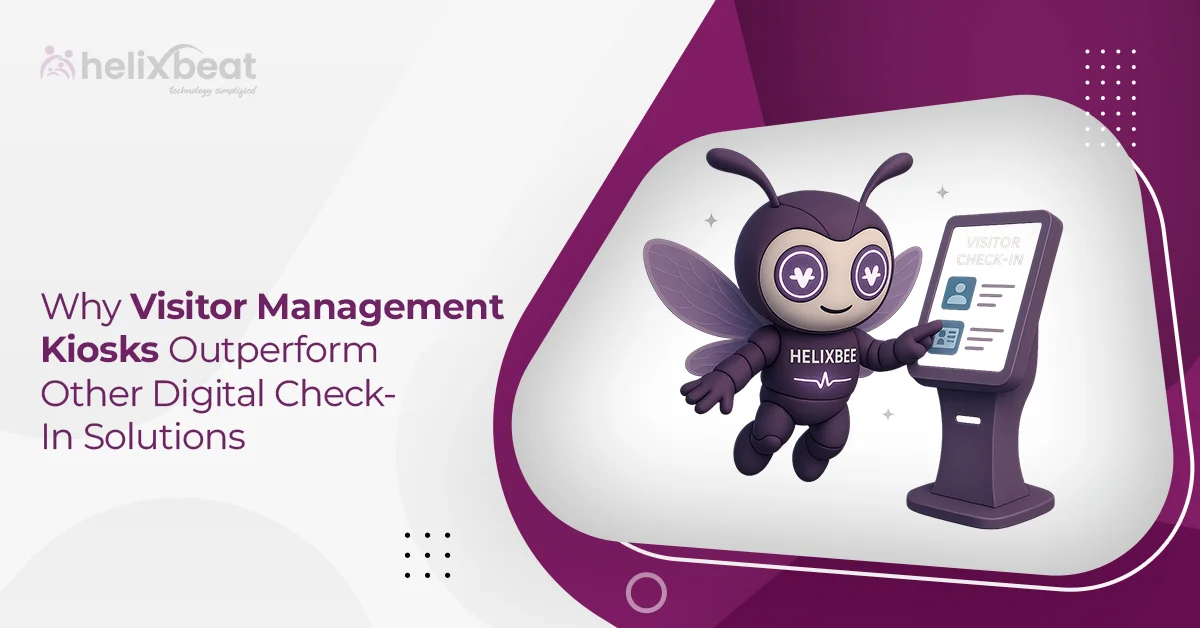In the current market, the ability to launch a product quickly is the key to success. However, when it comes to outsourcing product development, companies often face delays, miscommunication, and missed deadlines that slow down the entire process. These issues will arise when the outsourced team isn’t fully aligned with your vision.
The good news is you can overcome these obstacles with the right approach. By selecting an experienced outsourced product development team and implementing effective Product Lifecycle Management (PLM) practices, you can streamline their workflows and cut down unnecessary delays.
In this blog, we’ll explain actionable tips to help you improve communication, optimize processes, and speed up product delivery with your outsourced team.

Table of Contents
Outsourced Product Development: A Short Overview
Outsourced product development means hiring an external team or company to handle some or all parts of your product’s creation from idea to launch. Instead of building everything in-house, businesses partner with experts who already have the tools, skills, and processes needed to design, develop, and deliver a product efficiently.
This approach helps companies save time, reduce costs, and access global talent. It’s especially useful for startups, growing businesses, or enterprises looking to scale faster without stretching internal resources.
Outsourced product development is not only to save money but also to build smarter and faster with the help of skilled partners.
Benefits of Outsourced Product Development
Outsourced product development offers several advantages that go beyond just cost savings. When everything goes well, it can help companies launch better products faster, with minimal effort on internal resources. Here are some key benefits:
1. Access to Skilled Experts
You get access to professionals with specialized knowledge like UI/UX designers, backend developers, QA testers, and more. This is especially helpful if you lack certain skills in-house or need advanced technology expertise for a specific project.
2. Cost Efficiency
Hiring and training a full in-house team can be expensive. Outsourced product development allows you to pay only for what you need when you need it. You also avoid overhead costs like office space, hardware, and employee benefits.
3. Focus on Core Business
With product development off your plate, your internal team can focus on strategy, marketing, sales, or scaling operations. This leads to better productivity and more streamlined business growth.
4. Flexibility and Scalability
Outsourced teams can scale up or down based on your project needs. Whether you need extra developers for a short time or long-term support, this flexibility allows you to adapt quickly without long-term commitments.
5. Reduced Risk
Experienced outsourced teams follow proven processes, including Agile and Product Lifecycle Management (PLM), to minimize errors and manage risks. Their familiarity with similar projects helps avoid common pitfalls and improves product quality.
Why Speeding Up Product Delivery is Crucial for Business Success
In software development, speed is a competitive advantage. If you Launch your product faster, you can enter the market early, gain user feedback, and start improving quickly. Delays, on the other hand, can result in missed opportunities and losing ground to faster competitors.
Faster delivery also results in quicker ROI, and you can release an MVP, start generating revenue, and scale as needed. By partnering with an experienced outsourced product development team, you get access to skilled talent, ready-to-use tools, and efficient processes that help accelerate development without compromising quality.
Speeding up software delivery isn’t just about working faster; it’s about working smarter. With clear goals, agile methods, and the right outsourced team, businesses can stay ahead of the curve and turn ideas into market-ready products with less challenge.
How to Choose the Right Outsourced Product Development Team
Choosing the right outsourced product development team can save you time, money, and stress while helping you build a successful product faster.
A Statista report shows that 59% of companies outsource to scale quickly and meet growing demands. Listed below are the factors to consider before choosing outsourced product development:
1. Look for the Right Skills and Experience
Make sure the team has hands-on experience with the kind of software you’re building. If you’re creating a mobile app, they should have a solid track record of launching similar apps. Check their portfolio to see if they’ve built anything like your idea before.
For example, a fitness tech startup once hired a team that specialized in e-commerce software. The mismatch led to delays and rework. When they switched to a team with experience in health and fitness apps, the project moved faster and got better results.
2. Communication Should Be Easy and Regular
Outsourced teams often work in different time zones, so smooth communication is vital. Choose a team that provides regular updates, shares reports, and responds quickly. They should be comfortable using tools like Slack, Zoom, or Jira for daily interactions.
According to the Project Management Institute (pmi), more than 57% of outsourcing failures are caused by poor communication.
3. Ask About Their Development Process
Find out how they manage projects. Do they use Agile or Scrum? These methods break work into smaller chunks, which means faster releases and quicker improvements based on feedback. A structured process helps you stay in control.
Research from PwC shows that Agile projects are 28% more successful than traditional ones.
For instance, a travel startup needed to build and test features quickly. They chose an outsourced team that followed Agile. With two-week sprints and demo sessions, they launched their MVP in just three months.
4. Check Client Reviews and Success Stories
Always read reviews and case studies before signing a contract. These show you how the team handles deadlines, pressure, and real challenges. Positive feedback from past clients builds confidence in their work.
5. Make Sure They Can Grow with You
Your project won’t end at launch. You’ll need updates, bug fixes, and new features. Pick a team that offers long-term support and can scale as your product grows. For, example: A fintech company started with just one app feature. As the number of users increased, they needed more developers. Their outsourced partner quickly added resources to support scaling without slowing things down.
The best-outsourced product development teams don’t just write code; they understand your business, communicate clearly, and grow with you. Choosing wisely now will save you time and headaches later.
Tools that Help You to Streamline Outsourced Product Development
To make outsourced product development efficient, using the right tools is essential. Here are the key tools that help streamline the process:
1. Project Management Tools (Jira, Trello, Asana)
These tools help manage tasks, deadlines, and track progress, ensuring teams stay aligned.
2. Version Control Tools (Git, GitHub, GitLab)
Version control systems allow real-time collaboration and code management, keeping everything organized.
3. Communication Platforms (Slack, Zoom, Microsoft Teams)
These platforms improve communication with instant messaging and virtual meetings, keeping teams connected.
4. CI/CD Tools (Jenkins, CircleCI, Travis CI)
CI/CD tools automate testing and deployment, enabling faster and more reliable software releases.
5. Product Lifecycle Management (PLM) Tools (Atlassian, PTC Windchill)
PLM tools help track the entire product lifecycle, improving collaboration and version control.
These tools help improve efficiency, enhance collaboration, and ensure on-time, high-quality delivery when working with an outsourced team.
Utilizing Agile Methodologies to Improve Delivery Speed
Agile is one of the most effective ways to speed up software development, especially when working with outsourced teams. It breaks the project into smaller tasks (sprints), allowing faster progress, quick feedback, and early issue resolution.
Agile keeps development fast, flexible, and focused, making it ideal for outsourced product development.
According to the 15th State of Agile Report, 60% of companies say Agile improves time-to-market, while 42% see better productivity. Regular check-ins, sprint reviews, and continuous delivery help outsourced teams stay aligned and move quickly.
A startup used Agile with its outsourced team to build a chatbot. With sprints every two weeks and fast feedback, they launched the MVP in just 10 weeks, much faster than a traditional method.
Why Helixbeat is the Best Choice for Product Development?
Helixbeat is a reliable partner for outsourced product development, offering end-to-end services from idea to launch.
With a strong focus on Agile practices and Product Lifecycle Management, Helixbeat helps businesses deliver software faster, smarter, and with consistent quality.
Our team brings deep technical expertise, clear communication, and flexible support that scales as your product grows.
Whether you’re building an MVP or a full-scale solution, Helixbeat ensures faster time-to-market, affordable costs, and long-term success.
FAQ:
1. Is Outsourcing Product Development the best option or not?
Outsourcing product development can be beneficial for cost savings, access to specialized skills, and scalability. However, it may come with challenges like communication issues and quality control. When managed well, it can speed up development and improve efficiency.
2. What Are 4 Factors to Consider Before Outsourcing?
When considering outsourcing, focus on four key factors: the expertise and experience of the team, ensuring clear and regular communication, aligning the cost with your budget while maintaining quality, and ensuring compatibility in work culture and time zones for smooth collaboration.
3. What Are the Four Major Types of Product Development?
The four major types of product development include creating new products from scratch, extending an existing product line with new variants, improving existing products, and reducing production costs for current products.
4. What Do You Mean by Product Lifecycle Management?
Product Lifecycle Management (PLM) is the process of managing a product from its concept and design through to its use, maintenance, and eventual retirement, ensuring quality and efficient collaboration at every stage.
5. What Are the 5 Stages of Product Lifecycle?
The five stages of a product lifecycle include development, where the idea is created and prototyped; introduction, where the product is launched and marketed; growth, where market acceptance increases; maturity, where sales stabilize; and decline, where sales decrease as demand fades.
6. What Is the Product Life Cycle in Product Management?
The product lifecycle in product management refers to managing a product through its stages: development, growth, maturity, and decline, to optimize success and profitability, helping product managers make informed decisions throughout the product’s life.


